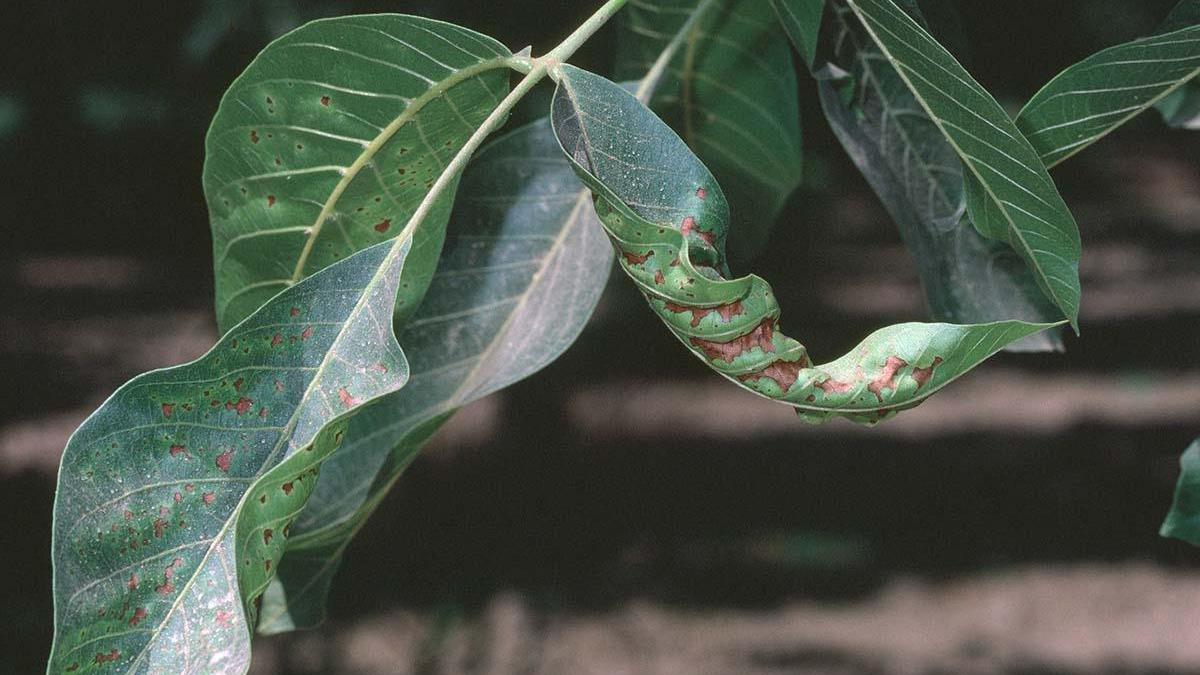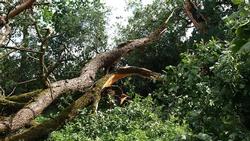Wind Damage to Plants

How wind injures plants
The force, direction, and persistence of the wind determine the type of damage plants may suffer. Most damage occurs with winds above 30 miles per hour. Strong gusty winds can shred leaves, tear off flowers, break branches, and uproot shrubs and trees leaving plants susceptible to further damage from insects and disease.
Constant wind pulls moisture from foliage faster than roots can draw it from the soil causing leaves to wilt and brown around the edges. Plants have to work harder to keep from drying out.
Wind effects differ with air temperature and moisture levels. Wind increases the harmful effects on plants of freezing conditions, extreme heat, and drought.
Coastal areas may experience more damage. Near the coast, wind plus fog and salt spray make it difficult for many plants to survive.
What can be done to decrease wind injury to plants?

Remove damage - Prune off splintered branches, broken stems, and torn leaves. This will discourage diseases that can enter through ragged breaks and will give the plant a chance to regrow.
Maybe time for change - Determine which trees and plants are often exposed to wind and make structural garden changes to provide protection and reduce injury.
Prune trees in windy areas to reduce the size and density of the crown so that wind can pass through instead of pushing against the tree.
Keep soil evenly moist around plants exposed to wind to help maintain adequate hydration. Add mulch to help retain moisture.
Create windbreaks - Use fences, wind tolerant shrubs, and other barriers to create windbreaks to protect vulnerable plants. Windbreaks should block as much wind as possible without casting too much shade. Place windbreaks at right angles to the prevailing wind direction. The best windbreaks temper the wind by allowing some air to pass through. This will reduce the intensity of the wind along the sides of the barrier.
Choose windbreak plants that are multiple stemmed or densely branched to the ground. Plants that bend in the wind and those with smaller or needle-like leaves are more wind tolerant. There are many plants that work well in windy conditions.
